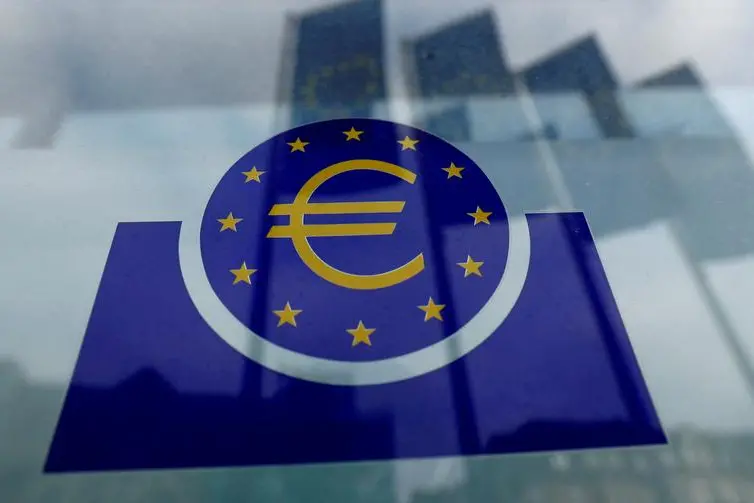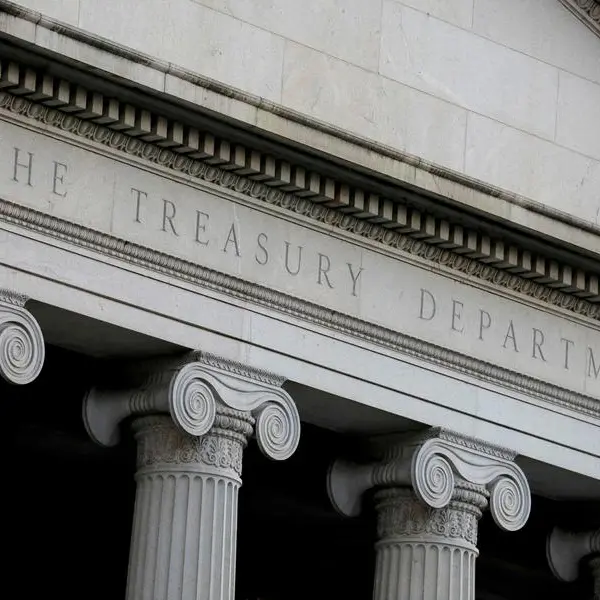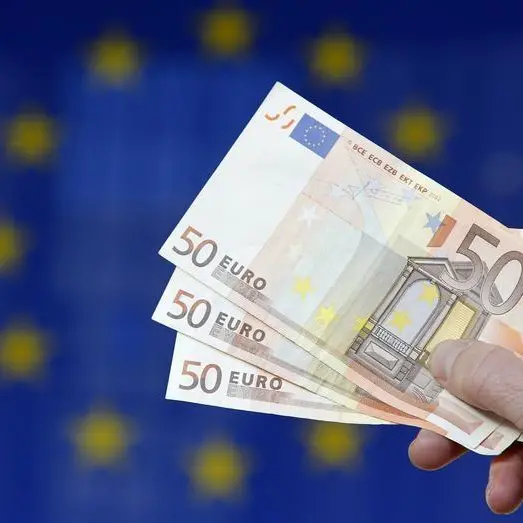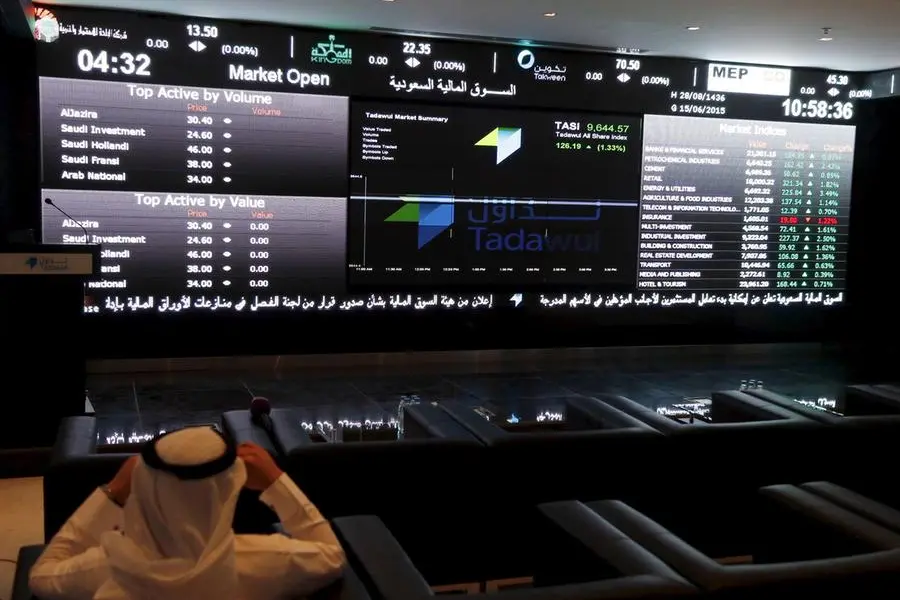PHOTO
Euro zone government bond yields dipped on Thursday, outperforming U.S. Treasuries as a new burst of risk aversion across assets pushed investors back towards European safe havens.
Germany's 10-year bond yield was down 5 basis points at 2.50%, its lowest in slightly over a week.
The euro zone benchmark has been a major beneficiary from the recent tariff-induced market turmoil, particularly due to some jitters about U.S. Treasuries.
It is trading broadly at the same level it was in early March before the announcement of a historic shift in German borrowing and fiscal policy sent the German 10-year yields above 2.9%.
The U.S 10 year Treasury was little changed on the day at 4.32% leaving the gap between it and Germany's 10-year yield wider at 182 bps. That gap was as narrow as 140 bps in early April.
Sentiment across markets Thursday took a hit as an announcement of new U.S. curbs on chip sales to China highlighted potential impending damage in a tit-for-tat global trade war.
SAFE HAVENS CLIMB
While moves weren't as dramatic last week, shares fell and safe haven currencies gained as the relative calm of the last few days dissipated.
That in turn sent investors to German debt once again.
"The stability of euro markets compared to the U.S. may make (German Bunds) an attractive safe haven to hedge against global uncertainty," said analysts at ING in a note.
"As such, we think that Bunds could see healthy demand from global investors in preparation for future turmoil."
In contrast, ING noted, that U.S. government officials "spooked by recent dynamics ... are trying to appease Treasury markets."
They pointed as an example to comments made on Tuesday by Deputy Treasury Secretary Michael Faulkender that officials were investigating potential changes to the Supplementary Leverage Ratio regulation, which could allow banks to buy more Treasuries.
The European Central Bank meets Thursday but as markets see a 25 basis point rate cut as all but certain, the focus will be on what policymakers say about tariffs and whether they give any hits about how much further to cut rates.
Market pricing currently reflects expectations of two further rate cuts this year, in addition to Thursday's move, though uncertainty is high given the tariff end point remains unknown.
That means it is hard to project both how big a hit euro zone growth will take from tariffs, and the effect on inflation from the resulting lower oil prices, a stronger euro and a possible increase in imports from China if it is shut off from U.S. markets.
Elsewhere in European rates, Italy's 10-year yield was down 4 bps at 3.69% and Germany's rate-sensitive two-year yield was also 4 bps lower at 1.73%.
(Reporting by Alun John Editing by Bernadette Baum)





















